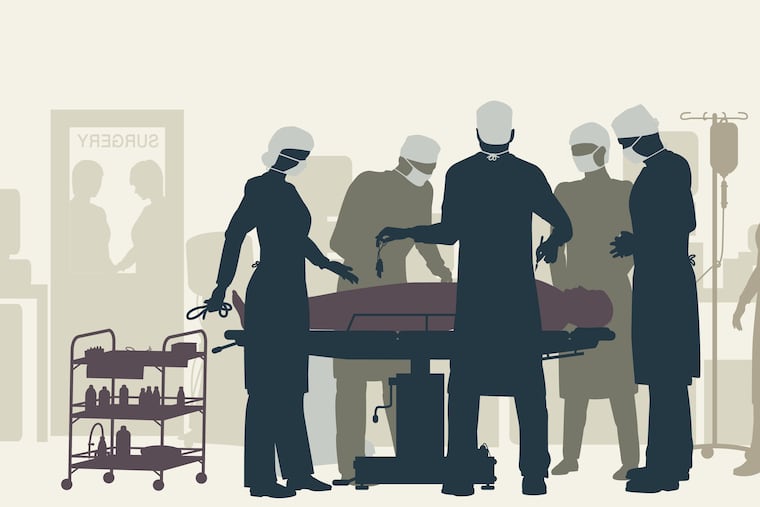These Philly-area hospitals had the most complications after hip, knee, bypass, and spinal surgery
Most hospitals in the Philadelphia metropolitan area performed as well as expected, when judged by how sick their patients were upon admission.

Most hospitals in the Philadelphia metropolitan area performed as well as expected, when judged by how sick their patients were upon admission.
